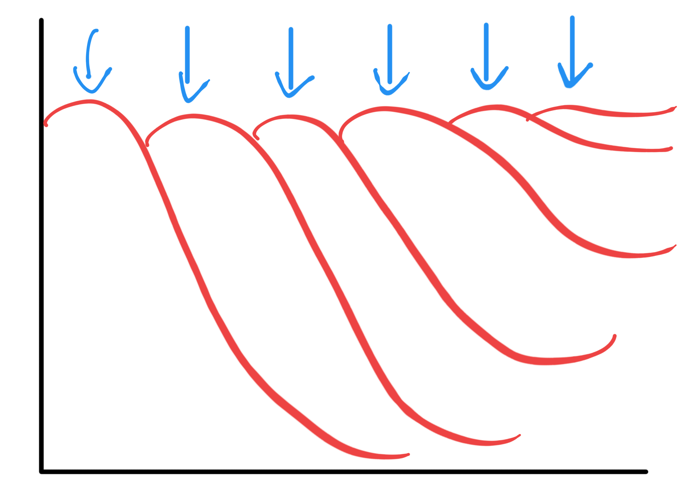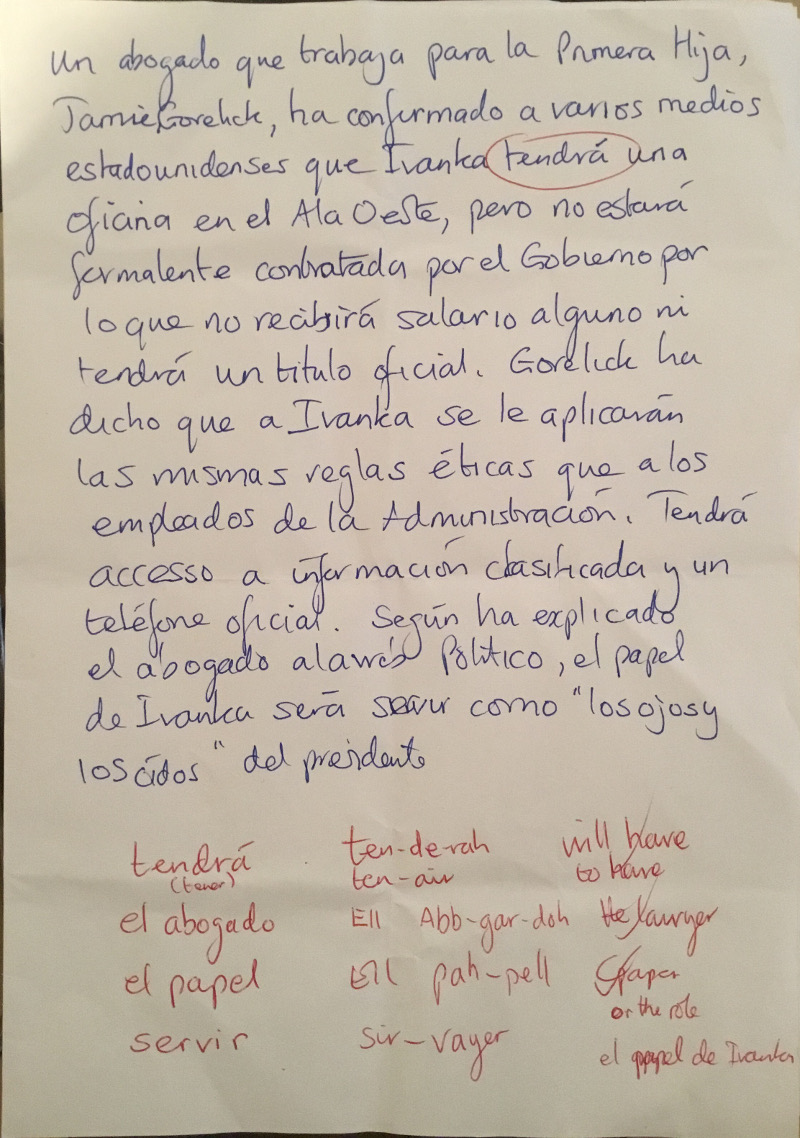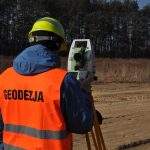So yesterday I started on my journey again by looking at the news. I created an exercise to read the news, and then explore the key words I identified.
I then did a bit more reading around the subject and discovered Gabriel Wyner on Tim Ferris’s blog.
I bought his book and also invested in his pronunciation guide (more of that later).
One thing that came out of skim reading his book was the importance of structured recall. Of course this is something I have been teaching for years and is about Ebbinghaus and the curve of forgetting.
Being able to reinforce the memory before it starts to fade is the key to the success of this.
Just for posterity, that is what the this image is demonstrating.
How To Forget & Remember Something
What this diagram shows is what happens to things we learn.
If we learn something once and never revisit it again, our ability to recall it will fade pretty rapidly. Usually within 24-48 hours we would struggle to recall as little as 20 % of it.
But if we reinforce our new learning again by either review or ideally recalling it again, then the memory is strengthened.
It will still fade, but it will take longer to fade AND there will me more of a residual memory left over.
We can keep things in our longer term memory by reviewing regularly, with the time interval between reviews increasing as our memory trace strengthens.
There was a bit of a “doh” moment on this when I realised I would have to structure my learning and recall to follow this process. I have been sharing this diagram for many years when helping people improve their memory.
So yesterday I created a series of cards for the words i picked up, and today I started another set. I am not completely sure how Brainscape handles the reviews which is why I have done this. I am now able to control which card set I can view and when I can view it.
Now one of the things I think is missing from Brainscape is the ability to set a timer or calendar to remind you when to review (and by review I mean recall).
If it has the facility, then I can’t find it. It appears the focus has been on the creation of the cards and not the use of them to learn.
Or have I missed something – I suspect I have as this app wouldn’t be as successful or as popular if it didn’t have something like that.
However for now I am left with the challenge of how to keep track of the words I have to recall.
I think I can feel a manual spreadsheet coming – Oh I love conditional formatting !!!!!!
But let’s get back learning some Spanish.
Today I explored this article from the RTVE Noticias page on Ivanka Trump.
I set a timer for 10 minutes and then wrote out a paragraph for 5 minutes, and then spent the next 5 minutes or so capturing key words.
Here is what the paragraph looked like:
Un abogado que trabaja para la Primera Hija, Jamie Gorelick, ha confirmado a varios medios estadounidenses que Ivanka tendrá una oficina en el Ala Oeste, pero no estará formalmente contratada por el Gobierno por lo que no recibirá salario alguno ni tendrá un título oficial. Gorelick ha dicho que a Ivanka se le aplicarán las mismas reglas éticas que a los empleados de la Administración. Tendrá acceso a información clasificada y un teléfono oficial. Según ha explicado el abogado a la web Politico, el papel de Ivanka será servir como “los ojos y los oídos” del presidente.
Here is what my sheet looked like:
I know it is just a copy of the paragraph above. However by copying it out by hand, it forces me to concentrate on what I am writing. It is a much more active process.
How The Mnemonic Process Works
A lesson that I was reminded of yesterday, was to make some sort of mnemonic connection between the word and the meaning as I put them into Brainscape.
The principles at work in applying a good mnemonic process are strong association and powerful imagination.
When faced with a new word that is completely foreign to us, we have to bring it into our world for us to be able to learn and remember it. Learning takes place through association – we can only ever create new memories by linking them somehow to the memories we already have.
So when you learn a foreign word, the first step is to make some form of sense of it.
This is where breaking down the pronunciation into syllables helps.
let’s take the word sevir which means to serve.
Phonetically (albeit rather crude), sevir this sounds like this:
SIR-VAY-ERR
This to me sounded like “Surveyor”.
Now we have to bring in our imagination.
So I saw in image of a surveyor stopping his work (which involved that thing they look through sat on a tripod). This is what we know. This is bringing the word into our own world. You might have seen something like this.
Now we have to link what we know, to the actual meaning of the word. To do that I imagined that surveyor putting a white tea towel around his waist and start serving people at tables.
Unfortunately there were no images of surveyors waiting on tables which is why I have had to create two images here. In reality this would form as a single image (or mini-movie) in your mind.
This might sound a bit long winded but with practice it might only take 10-15 seconds.
However the beauty of this is that as soon as you hear the word “sevir”, the image of the surveyor will come to mind (because it is what we know). If you have made the association strong enough, you will then recall him (or her) starting to serve people.
So servir (SIR-VERY-ERR) is recalled as “to serve”.
When it works, it is a beautiful thing.











Leave A Response